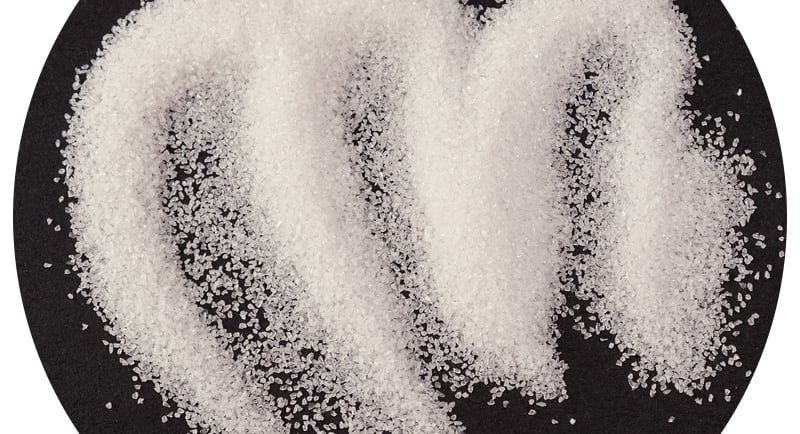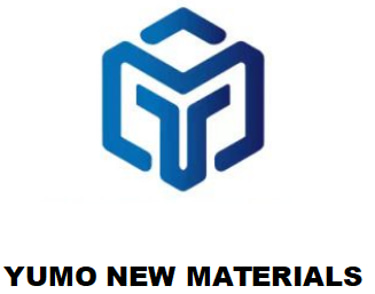HENAN YUMO: Engineered Precision, Uncompromised Performance
White Fused Alumina Uses: Top Industrial Applications and Benefits
Discover how this high-performance abrasive transforms precision manufacturing, refractories, and advanced technologies.
5/20/20253 min read


Introduction to White Fused Alumina (WFA)
White fused alumina (WFA), a synthetic abrasive with ≥99.5% aluminum oxide (Al₂O₃) purity, is renowned for its exceptional hardness (Mohs 9.0), thermal stability, and chemical inertness. Produced by melting high-grade alumina in electric arc furnaces at 2200°C+, WFA’s sharp, angular grains make it indispensable across industries demanding precision, durability, and cost efficiency.
7 Key Industrial Uses of White Fused Alumina
1. Precision Metal Grinding & Polishing
Applications:
Aerospace Components: Turbine blade finishing (Ra ≤0.1μm) with F800-F2000 grit.
Automotive Parts: Camshaft and gear polishing (F220-F400 grit) to reduce friction and wear.
Benefits:
30% faster material removal vs. brown fused alumina.
Minimal surface defects due to low Fe₂O₃ content (<0.05%).
2. Refractory Materials for High-Temperature Environments
Applications:
Steel Ladle Linings: WFA aggregates (1-5 mm grain size) withstand 1900°C in steelmaking.
Kiln Furniture: SiC-WFA composite shelves reduce thermal stress in ceramic firing.
Benefits:
Thermal shock resistance: 100+ heating-cooling cycles without cracking.
20% longer refractory lifespan vs. traditional materials.
3. Semiconductor & Electronics Manufacturing
Applications:
Wafer Backgrinding: F1200-F2000 grit for ultra-thin silicon wafers (≤100μm thickness).
Optical Fiber Polishing: Low-iron WFA ensures signal transmission clarity.
Benefits:
Zero metallic contamination (Fe₂O₃ <0.02%).
Subsurface damage (SSD) <5nm in GaN substrate processing.
4. Surface Preparation & Coatings
Applications:
Sandblasting: F16-F60 grit removes rust/paint from steel structures.
Thermal Spray Coatings: WFA powder (3-5μm) enhances wear resistance in industrial machinery.
Benefits:
40% faster surface profiling vs. garnet abrasives.
Recyclable for 5-7 cycles, reducing waste costs.
5. 3D Printing & Additive Manufacturing
Applications:
Binder Jetting: WFA powder (D50=15-25μm) for high-resolution metal parts.
Nozzle Abrasion Resistance: WFA-coated nozzles extend 3D printer lifespan by 3x.
Benefits:
High flowability (Hall Flowmeter: 25-30 s/50g).
Compatible with Inconel, titanium, and tool steel powders.
6. Advanced Ceramics & Composite Materials
Applications:
Ballistic Armor: WFA-reinforced ceramics achieve 2500 MPa compressive strength.
Dental Crowns: Bio-inert WFA filler in zirconia composites for medical devices.
Benefits:
15% lighter than alumina-titanium composites.
Vickers hardness: 2200-2400 HV30.
7. Glass & Optics Manufacturing
Applications:
Lens Polishing: F1500-F3000 grit for camera/VR optics (Ra ≤0.05μm).
Tempered Glass Etching: WFA slurry creates anti-glare smartphone screens.
Benefits:
50% fewer micro-scratches vs. cerium oxide.
pH-neutral slurry compatibility (no glass corrosion).
White Fused Alumina vs. Brown Fused Alumina vs. Silicon Carbide: Key Performance Comparison
1. Hardness (Mohs Scale)
White Fused Alumina (WFA): 9.0 – Ideal for precision polishing (e.g., optical components, semiconductor wafers).
Brown Fused Alumina (BFA): 8.8 – Designed for heavy-duty grinding (e.g., casting deburring, rough metal machining).
Silicon Carbide (SiC): 9.5 – Superior hardness for ultra-hard materials (e.g., tungsten carbide, advanced ceramics).
2. Thermal Conductivity (W/m·K)
WFA: 30 – Moderate heat dissipation, suitable for low-to-medium-speed precision machining.
BFA: 25 – Lower thermal stability but widely used for cost-sensitive industrial tasks.
SiC: 120 – Exceptional thermal conductivity, critical for high-temperature applications (e.g., semiconductor wafer dicing).
3. Optimal Applications
WFA:
Precision polishing (Ra ≤0.1μm).
Refractory linings (withstands 1900°C).
3D printing nozzle coatings for wear resistance.
BFA:
Heavy-load grinding (e.g., cast steel surface preparation).
Bonded abrasive wheels and sandblasting media.
SiC:
Ultra-hard material processing (e.g., carbide tooling).
Power electronics (SiC wafers for EVs).
High-end refractory solutions.
Material Selection Guidelines
Surface Finish Priorities: Choose WFA for semiconductor or optics industries.
High Material Removal Rates: Opt for BFA in foundries or construction sectors.
Extreme Condition Demands: SiC excels in high-temperature or ultra-hard alloy processing.
Performance Advantages
WFA: Dominates with ultra-high purity (≥99.5% Al₂O₃) and low impurities (Fe₂O₃ <0.05%), perfect for contamination-sensitive environments.
BFA: Prioritizes toughness (dense crystal structure) for industrial grinding efficiency.
SiC: Combines unmatched hardness (9.5 Mohs) and thermal conductivity (120 W/m·K) for cutting-edge applications.
Case Study: WFA in EV Battery Component Production
Challenge: A lithium-ion battery manufacturer needed to polish aluminum battery casings (Ra ≤0.2μm) without metallic contamination.
Solution: Yumo’s WFA F1000 grit with resin-bonded wheels.
Results:
Surface roughness reduced from Ra 1.5μm to 0.15μm.
Production speed increased by 25%.
Zero Fe contamination in final QC tests.
How to Choose the Right White Fused Alumina
Grit Size:
Coarse (F12-F60): Sandblasting, heavy deburring.
Medium (F80-F220): Tool sharpening, ceramic grinding.
Fine (F240-F2000): Semiconductor, optical polishing.
Purity Grade:
Standard (99.5% Al₂O₃): General industrial use.
High-Purity (99.8% Al₂O₃): Electronics, medical devices.
Packaging:
Bulk bags (1-2 tons) for foundries.
Vacuum-sealed 25kg bags for cleanrooms.
FAQs About White Fused Alumina
Q: Is white fused alumina safe for food-grade applications?
A: Yes. WFA is non-toxic and FDA-compliant for food processing equipment polishing.
Q: Can WFA replace diamond abrasives?
A: For non-ferrous metals (aluminum, copper), WFA offers 70% cost savings with comparable precision.
Q: What’s the shelf life of WFA powder?
A: 2+ years in dry, sealed containers. Avoid humidity to prevent clumping.
